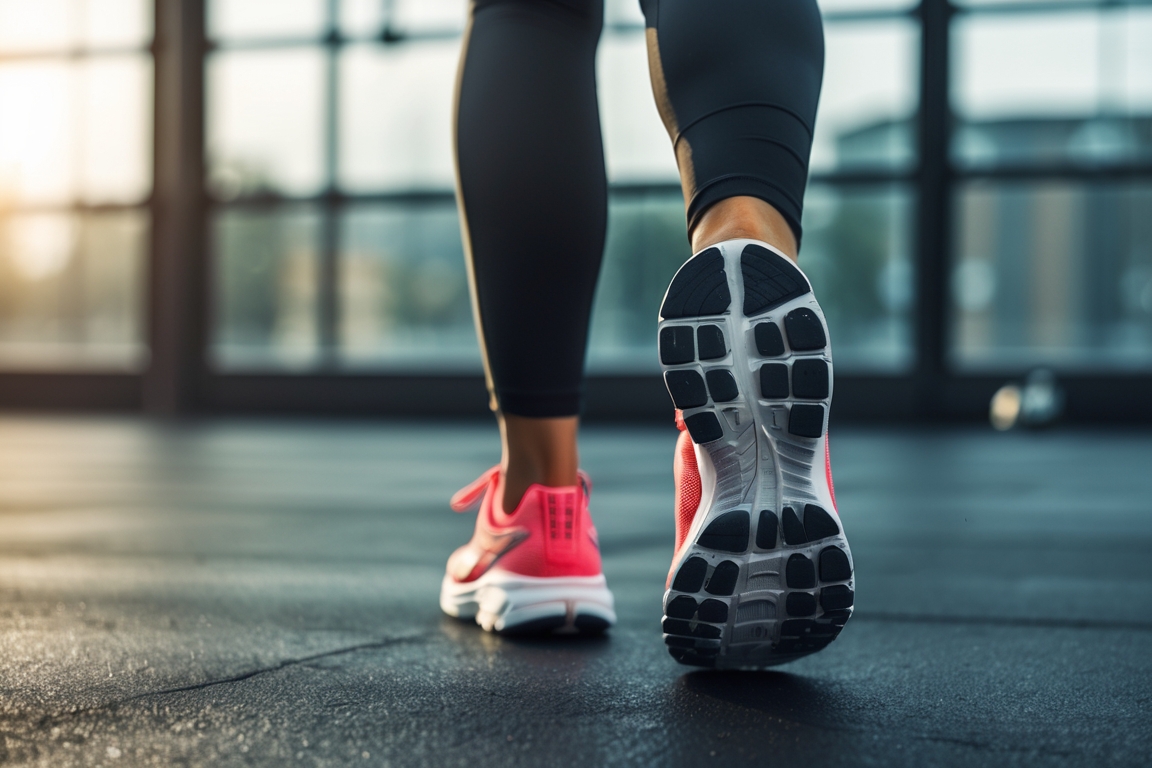Technology has always been a driving force in making life more convenient, efficient, and connected. But one of its most powerful roles is often underappreciated — its ability to empower people with disabilities. Today, thanks to rapid innovation, accessibility is no longer an afterthought. It’s becoming a core design principle, changing lives and opening doors for millions around the world.
In this article, we’ll explore some of the latest tech developments making the world more inclusive, and offer insights on how users can leverage these tools in daily life.
Real-Time Captions and Transcription
For people who are deaf or hard of hearing, communication barriers are being broken down with real-time captioning technology. Apps like Google’s Live Transcribe instantly convert speech into text on a smartphone screen. Similarly, Zoom, Microsoft Teams, and other video conferencing platforms have built-in live captioning, making virtual meetings more accessible than ever.
Even everyday devices like TVs and smart speakers are integrating automatic transcription services. This not only benefits users with hearing impairments but also improves comprehension for non-native speakers and people in noisy environments.
How to use it: Check your smartphone’s accessibility settings for live caption options or download transcription apps. Many platforms offer free, built-in features that can be activated with a simple toggle.
Voice Assistants and Smart Home Integration
Voice-controlled technology has been a game changer. For individuals with mobility challenges, devices like Amazon’s Alexa, Google Assistant, and Apple’s Siri offer unprecedented independence. Tasks such as turning on the lights, adjusting the thermostat, setting reminders, or even locking doors can all be done hands-free.
Smart home ecosystems have evolved to include adaptive switches, smart locks, and automated appliances — all controllable via voice or mobile apps. This dramatically reduces reliance on physical manipulation and creates safer, more comfortable living spaces.
How to use it: Start by setting up a smart speaker and connecting a few devices like lights or a thermostat. Many companies offer starter kits to simplify setup.
Adaptive Gaming
Gaming is often seen as a recreational activity, but for many, it’s a critical outlet for socialization, creativity, and stress relief. Companies like Microsoft have recognized this, developing products such as the Xbox Adaptive Controller. This device is customizable with different switches, buttons, and joysticks to meet diverse physical needs.
Similarly, game developers are increasingly adding features like customizable control schemes, visual aids, and colorblind modes. These adjustments ensure that gaming remains an inclusive and enriching experience for players of all abilities.
How to use it: Look for games that highlight accessibility features, and explore adaptive controllers or software mods tailored to your specific needs.
Navigation and Mobility Tools
Getting around can be a significant challenge for individuals with visual impairments or mobility limitations. Fortunately, tech companies have created innovative tools to assist.
Apps like Soundscape by Microsoft offer 3D audio maps, providing real-time auditory cues to help users navigate their surroundings. Wheelchair-friendly route planners and smart canes equipped with GPS and obstacle detection are becoming more widely available.
Self-driving car technology, while still developing, holds tremendous promise for greater independence in the future.
How to use it: Explore local accessibility apps available in your city, and familiarize yourself with services like Waymo or Aira for assisted navigation.
Wearable Health Tech
Wearables aren’t just for fitness buffs anymore. Devices like the Apple Watch now include features such as fall detection, heart rate monitoring, and emergency SOS alerts — offering an extra layer of safety, especially for people with chronic conditions or disabilities.
Other innovations include smart prosthetics that adapt to user movement, hearing aids that connect directly to smartphones for enhanced audio, and even brain-computer interfaces under research that could one day restore movement for people with paralysis.
How to use it: Consult with healthcare providers about accessible wearables that fit your lifestyle and needs. Many devices are customizable with accessibility settings.
The Road Ahead
While incredible strides have been made, the journey toward full accessibility is ongoing. Advocates emphasize the importance of inclusive design — building products with accessibility in mind from the ground up rather than retrofitting them after the fact.
Tech companies, governments, and individual creators all have roles to play in ensuring that innovation serves everyone, regardless of ability.
Final Thoughts
Accessibility tech doesn’t just benefit those with disabilities; it makes life better for everyone. Voice commands help busy parents multitask. Captions aid comprehension in loud environments. Smart home features increase energy efficiency and convenience.
By embracing accessible technology, we aren’t just making life easier for some — we’re creating a more inclusive, empathetic world for all. As users, staying informed and advocating for accessible products helps drive this positive change forward.
Because when technology empowers everyone, everyone wins.














